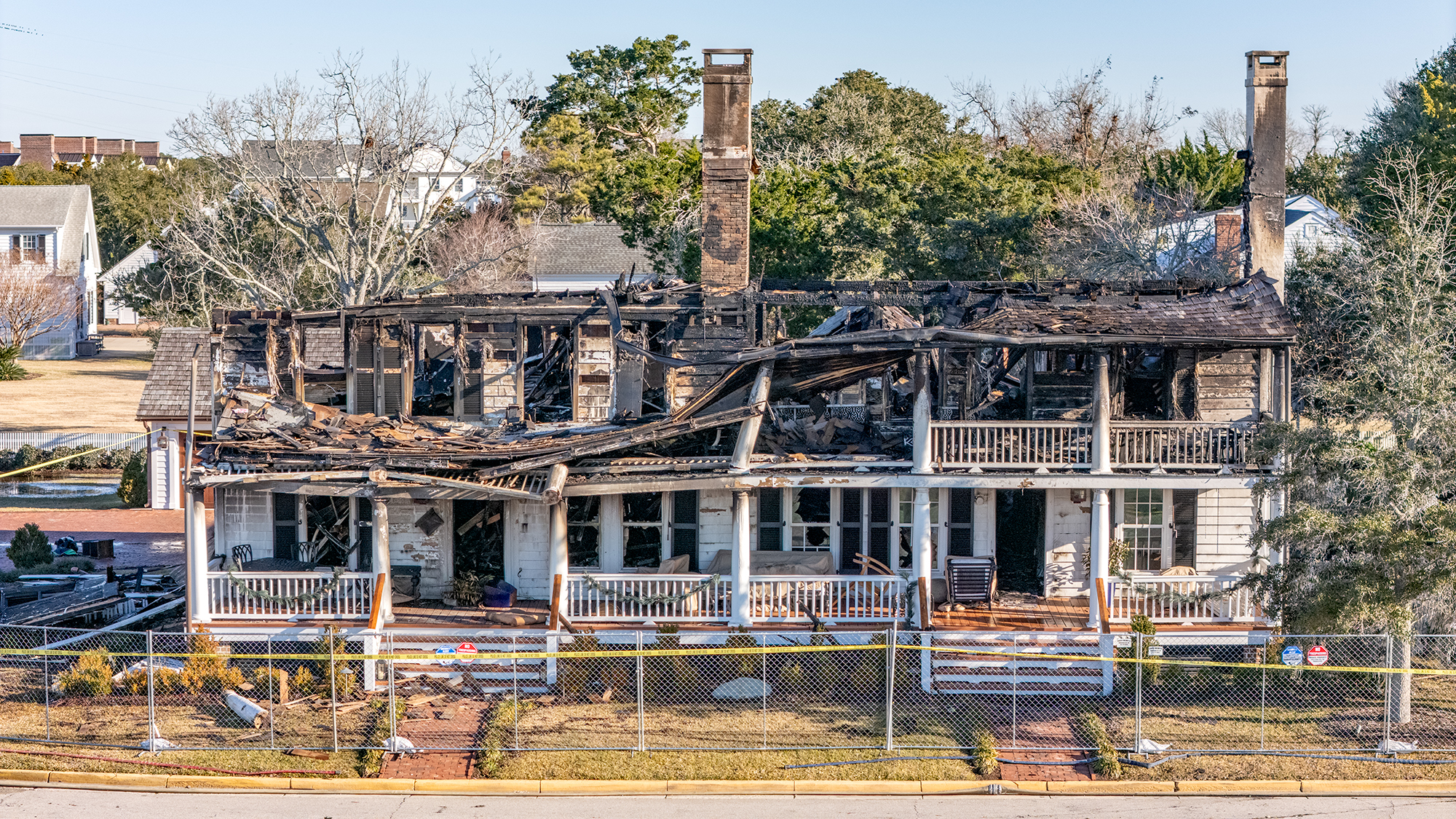Reprinted from the Carteret County News-Times
ATLANTIC — The contractor has begun dredging on the long-awaited project to make Atlantic Harbor and its entrance channel safer and more usable for commercial fishermen and other boaters.
Supporter Spotlight
Greg Rudolph, manager of the Carteret County Shore Protection Office, said in an email Thursday the contractor for the project, T.D. Eure, “began bucket and barge dredging Tuesday.

“There was a lot of surveying and disposal site preparation work that needed to be completed first,” he said of the project, for which the contract was awarded March 23.
He said the work has gone well so far, and preparations are also underway for the living shoreline portion of the project, which will involve placement of granite, interspersed with openings for water flow and wave attenuators, around White Point, seaward of the harbor.
“Our engineers (Moffatt & Nichol) also went to Wake Stone in Nash County last week to inspect the granite that will be used for the living shoreline,” Rudolph added. “They had a productive visit. The size and weight of the granite is important.”
The dredging must be completed, under the county’s state Division of Coastal Management permit, by Friday, May 15. That is 45 days past the state’s usual April 1 deadline. The permit also specifies dredged material be transported to shore by barge.
Supporter Spotlight
The living shoreline project, in conjunction with the North Carolina Coastal Federation, is set to begin and end during the summer and fall.
The federation suggested the shoreline project when the county envisioned the effort as only a dredging project.
Plans call for the 1,720-foot living shoreline around White Point to use about 9,545 tons of granite, with gaps left for the attenuators, which are designed to limit wave energy into the harbor.
The goal, Rudolph has said, is to implement a solution that’s as permanent as possible for the shoaling problems that have plagued the channel and harbor for decades, especially after hurricanes.
The organization uses marsh grass and other marine vegetation in the created shorelines to provide new habitat for juvenile fish and shellfish. It’s been particularly interested in reviving the state’s oyster industry and often uses bags of recycled oyster shells in the projects.
Rudolph said in his Thursday email his office will hold conference calls every Friday with the federation, engineers and contractor to plan and track progress, as it routinely does with beach nourishment projects.
T.D. Eure, based in Beaufort, is also the contractor for the living shoreline. The whole contract is for $1,949,188, and T.D. Eure beat out one other bidder to get the work.
County officials have for months said they expected the project to cost as much as $2 million, although the county’s share is likely to be in the $200,000 range.
Much of the money is coming from a $1.1 million grant the federation obtained in 2018 from the National Fish and Wildlife Foundation to build living shorelines. The state is also kicking in money from its Shallow Draft Navigation Channel Dredging and Aquatic Weed Fund, which receives money from boat fuel taxes and boat license and title fees.
Hiring a local contractor to help the local economy was a goal specified in the federation’s grant.
County Commissioner Jonathan Robinson of Atlantic, who represents Down East, has pushed for the project and praised the federation and the county for making it a reality after years of piecemeal, emergency measures to keep the waters safely navigable.







